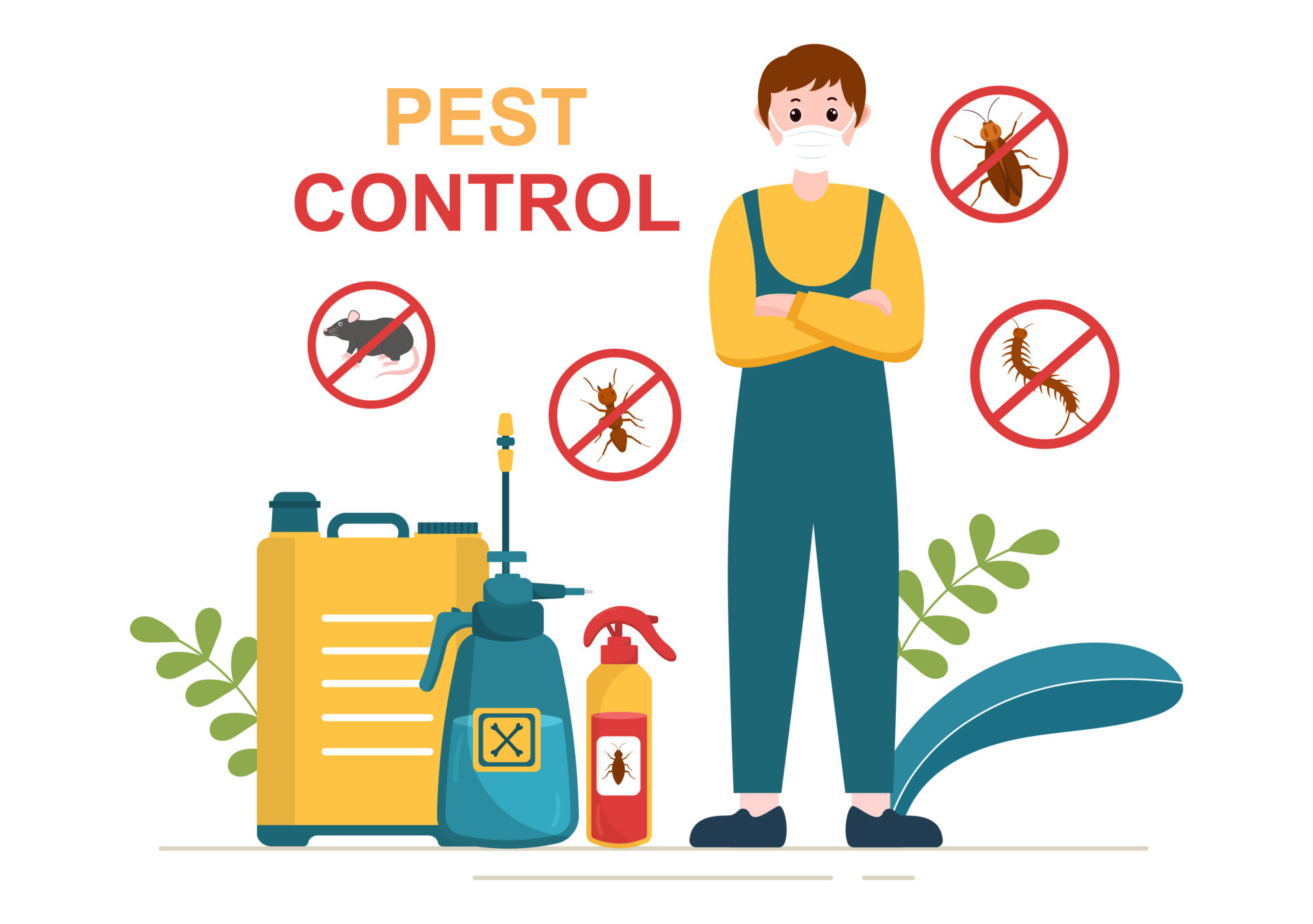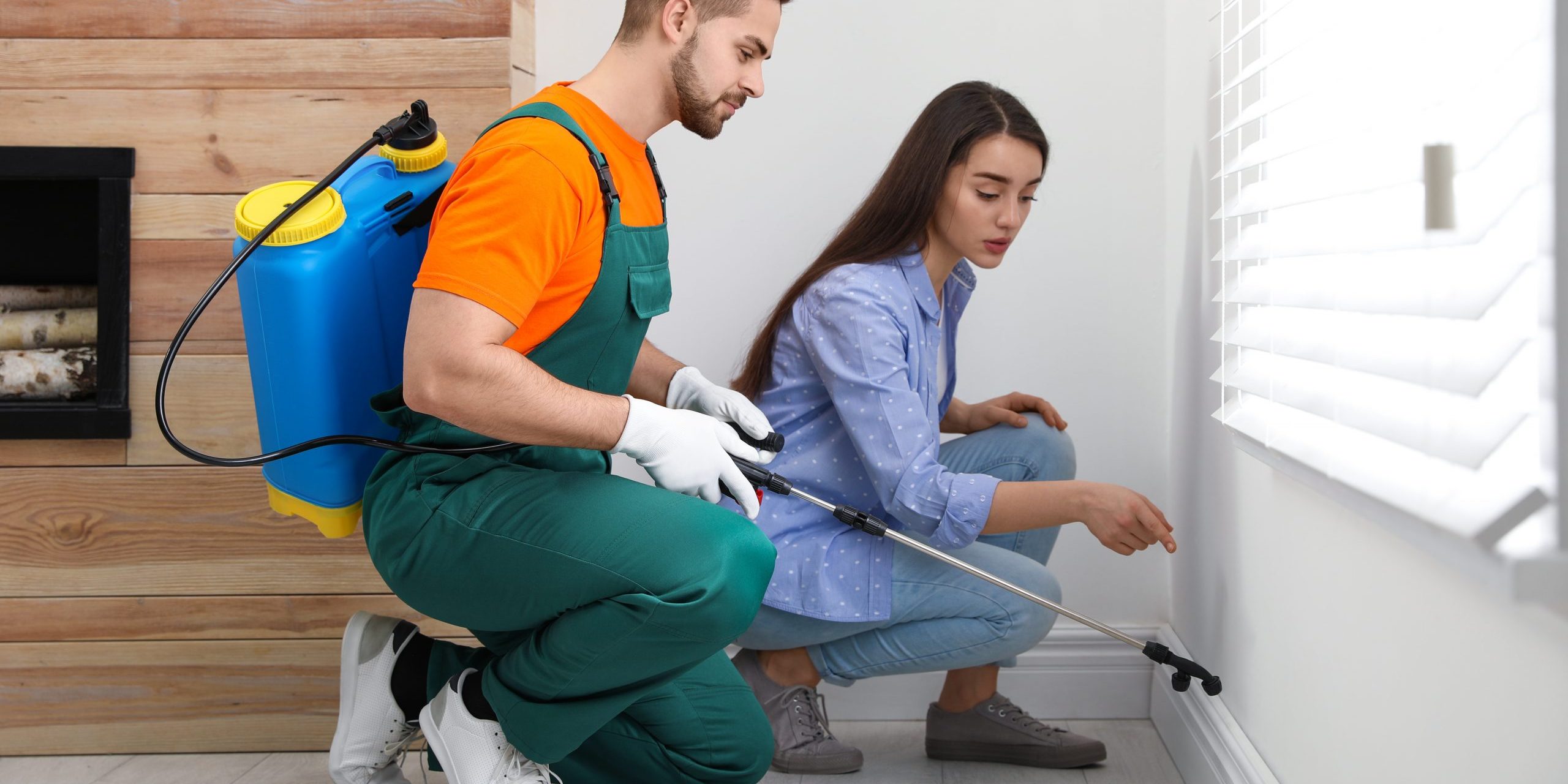Professional Parasite Control Techniques for Long-Term Results
In the world of insect control, achieving continual efficacy and long-term outcomes needs a precise technique that transcends plain elimination. Expert parasite control techniques envelop a thorough method that starts with a detailed assessment and assessment, complied with by specific insect recognition to understand their habits patterns. The execution of Integrated Insect Monitoring (IPM) principles, paired with eco-conscious treatments, creates the foundation of sustainable insect obliteration. The true examination lies in the recurring surveillance and maintenance of the treated locations, making certain a pest-free environment for the near future. By diving into the ins and outs of these techniques, a much deeper understanding of professional pest control methods for enduring outcomes emerges.
Inspection and Assessment
Upon going into a building for parasite control solutions, the preliminary step is a comprehensive inspection and assessment to determine the degree of the problem and determine the most effective treatment plan. Specialist insect control service technicians are educated to carefully take a look at the properties, looking for indicators of bug activity such as droppings, nibble marks, nests, or any structural damages. They will also analyze the problems that may be attracting parasites, such as food resources, water leakages, or entrance points.

Pest Identification and Behavior

Furthermore, understanding the habits of the determined insect is crucial to applying reliable control actions. As an example, knowing where insects nest, what they feed upon, and their task patterns can assist pest control experts develop methods to remove them successfully. Some parasites may be nocturnal, while others are a lot more active throughout the day. This knowledge enables the application of therapies at ideal times for optimum efficiency.
Integrated Pest Monitoring (IPM)
Integrated Bug Administration (IPM) techniques incorporate several methods to control and prevent bug infestations in a lasting and eco-friendly manner. pest control near me. By incorporating approaches such as organic control, habitat manipulation, alteration of social methods, and making use of immune selections, IPM aims to lessen using chemical Find Out More pesticides
Among the essential concepts of IPM is the emphasis on prevention. This aggressive strategy includes tracking pest populaces routinely to find any possible concerns prior to they rise. By identifying parasite problems early, pest control actions can be implemented promptly and efficiently.
Moreover, IPM advertises the use of non-toxic bug control methods whenever possible. This can consist of utilizing natural predators of the parasites, presenting advantageous insects, or using pheromones to disrupt mating patterns. By minimizing dependence on chemical pesticides, IPM not just protects the setting yet also aids keep an equilibrium in the environment.
Environmentally-Friendly Treatments
Carrying out eco-conscious strategies in bug control procedures can effectively attend to invasions while focusing on environmental sustainability. Environmentally-friendly treatments concentrate on minimizing the influence of insect control methods on environments, non-target organisms, and human health. These approaches commonly entail making use hornet removal of natural killers, such as ladybugs or nematodes, to control pest populations, decreasing the need for chemical treatments. Furthermore, techniques like environment manipulation, such as readjusting wetness levels or getting rid of food sources, can aid discourage pests without the use of hazardous compounds.
One more secret aspect of environmentally-friendly treatments is the use of natural and biodegradable items that damage down swiftly without leaving unsafe residues in the environment. Agricultural pesticides originated from plants like chrysanthemums or neem supply efficient insect control while posing very little danger to non-target species. Employing techniques like warm therapies or scent traps can target details pests with precision, minimizing the general environmental influence of parasite control techniques.
Recurring Surveillance and Upkeep
Routine examinations by experienced specialists are required to determine any type of signs of pest task, assess the efficiency of previous therapies, and make modifications to the pest control strategy as required. By keeping an eye on parasite populations over time, bug control experts can track patterns, expect prospective issues, and apply preventative procedures moved here to reduce the danger of future problems.
Along with tracking, maintenance methods are important for long-term insect control success. This includes applying correct sanitation actions to eliminate prospective food and water resources for insects, securing off entry factors to stop parasites from getting in the premises, and attending to any kind of structural issues that can facilitate insect problems (pest control). By incorporating ongoing surveillance and maintenance right into an integrated insect management method, organizations can guarantee a pest-free environment and secure their building against expensive damage and wellness dangers
Conclusion
To conclude, utilizing specialist bug control strategies such as complete evaluation and evaluation, precise insect recognition and understanding of their habits, integrated insect monitoring approaches, environmentally-friendly therapies, and ongoing tracking and upkeep are necessary for accomplishing long-lasting cause pest control. By executing these approaches, individuals can effectively manage parasite invasions and keep a pest-free setting in a sustainable way.